Rearview Mirrors Might Evolve in a Few Years

Rearview mirrors haven’t enjoyed the same renaissance as other portions of the automobile. When the mirrors began appearing on cars roughly a century ago, wheels had wooden or wire spokes and were wrapped in organically sourced bias-ply rubber. Despite still being round, modern wheels are vastly different from their more-venerable counterparts but mirrors are not.
That might change in a few years. While some automakers have already affixed parking camera displays into the polished reflective centerpiece, like Ford, two manufactures have recently replaced traditional mirrors will full-time video feed. Nissan has one available for the Japanese market and General Motors introduced the Gentex “Full Display Mirror™” on the Cadillac CT6 and XT5 at 2016’s Consumer Electronics trade show.
While our gut-reaction is to contemplate how much more expensive a free-hanging LCD screen would be to replace than a simple mirror, this could be the general direction for a tech-focused industry. In fact, IHS Markit is already positive it’s only a matter of time.
Reported by Automotive News, research data from the analytics firm suggests global production of panoramic rearview displays to surge from this year’s 70,000 units to 1.8 million by 2025. “There is a lot of interest across the board,” said IHS Markit technology analyst Brian Rhodes. “We see a lot of development in North America and Japan.”
General Motors is already planning to offer the kit as an optional extra on more Cadillacs, Buick, and Chevrolet models in the years to come while Nissan is bringing its version to the states via the 2018 Armada. While both incarnations provide hybrid functionality, allowing the video feed to revert to a standard mirror at the touch of a button, the hope is to use it to eventually eliminate mirrors altogether. Those hybrid designs are expected to see 1.4 million annual units by 2025.
Although, the decline of mirrors will be largely dependent upon regulatory laws. While ditching side mirrors could improve overall fuel economy significantly, they are still mandated by the National Highway Traffic Safety Administration’s bylaws. However, if the NHTSA opts to abandon them, side-view camera displays could see a global production figure of 423,000 — again by 2025.
Gentex claims its covered either way. By providing a solution that allows traditional mirror to persist, while also providing the blind spot lessening panoramic video, OEMs can make use of its system anywhere on the globe right now. “There are different regulatory requirements in the U.S., Japan, Europe and Korea,” said Steve Downing, the company’s COO. “We are offering a product that will allow automakers to use one hardware set globally.”
Downing expects to build 500,000 hybrid display mirrors for General Motors, Subaru, and three unnamed companies in 2019 but Gentex is far from the only company looking at this type of application. Most manufacturers have introduced prototypes that have replaced mirrors with cameras and it’s only a matter of time before the technology seeps into production models.
While likely to be a welcome addition to larger vehicles with less direct sight lines on traffic (semi-trucks and SUVs, for example), it’s somewhat difficult to rationalize on models already offering a high-visibility greenhouse. In the end, it’s another expensive piece of hardware that would cost ten to twenty times more to replace that what is currently hovering below your current vehicle’s headliner. Here are two words we hope manufactures take to heart: optional extra.

A staunch consumer advocate tracking industry trends and regulation. Before joining TTAC, Matt spent a decade working for marketing and research firms based in NYC. Clients included several of the world’s largest automakers, global tire brands, and aftermarket part suppliers. Dissatisfied with the corporate world and resentful of having to wear suits everyday, he pivoted to writing about cars. Since then, that man has become an ardent supporter of the right-to-repair movement, been interviewed on the auto industry by national radio broadcasts, driven more rental cars than anyone ever should, participated in amateur rallying events, and received the requisite minimum training as sanctioned by the SCCA. Handy with a wrench, Matt grew up surrounded by Detroit auto workers and managed to get a pizza delivery job before he was legally eligible. He later found himself driving box trucks through Manhattan, guaranteeing future sympathy for actual truckers. He continues to conduct research pertaining to the automotive sector as an independent contractor and has since moved back to his native Michigan, closer to where the cars are born. A contrarian, Matt claims to prefer understeer — stating that front and all-wheel drive vehicles cater best to his driving style.
More by Matt Posky
Latest Car Reviews
Read moreLatest Product Reviews
Read moreRecent Comments
- V8fairy Not scared, but I would be reluctant to put my trust in it. The technology is just not quite there yet
- V8fairy Headlights that switch on/off with the ignition - similar to the requirement that Sweden has- lights must run any time the car is on.Definitely knobs and buttons, touchscreens should only be for navigation and phone mirroring and configuration of non essential items like stereo balance/ fade etc>Bagpipes for following too close.A following distance warning system - I'd be happy to see made mandatory. And bagpipes would be a good choice for this, so hard to put up with!ABS probably should be a mandatory requirementI personally would like to have blind spot monitoring, although should absolutely NOT be mandatory. Is there a blind spot monitoring kit that could be rerofitted to a 1980 Cadillac?
- IBx1 A manual transmission
- Bd2 All these inane posts (often referencing Hyundai, Kia) the past week are by "Anal" who has been using my handle, so just ignore them...
- 3-On-The-Tree I was disappointed that when I bought my 2002 Suzuki GSX1300R that the Europeans put a mandatory speed limiter on it from 197mph down to 186mph for the 2002 year U.S models.



















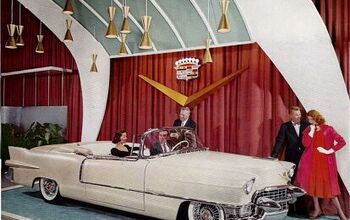

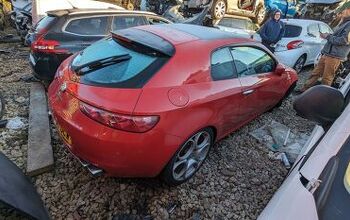
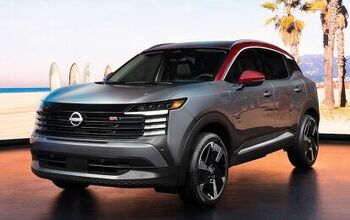
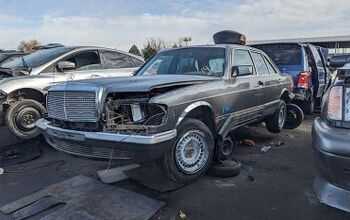
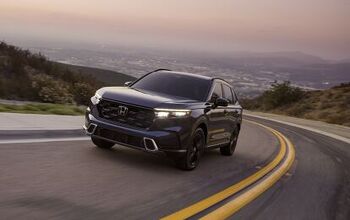
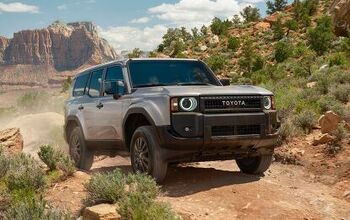
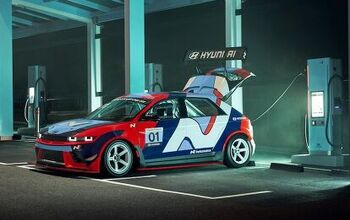


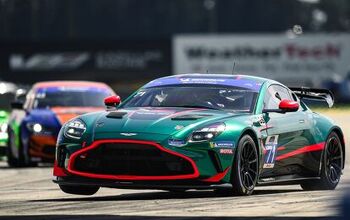
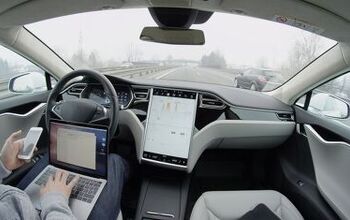

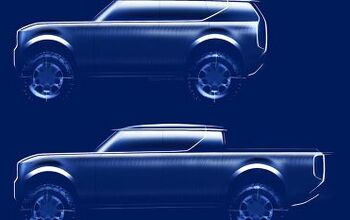

Comments
Join the conversation
I have one question for those of you that have used them. How easy is it to judge distance with them? You have no natural depth perception with a mono-vision camera so how do you tell how close things are?
"While our gut-reaction is to contemplate how much more expensive a free-hanging LCD screen would be to replace than a simple mirror" Oh for ****s sake.